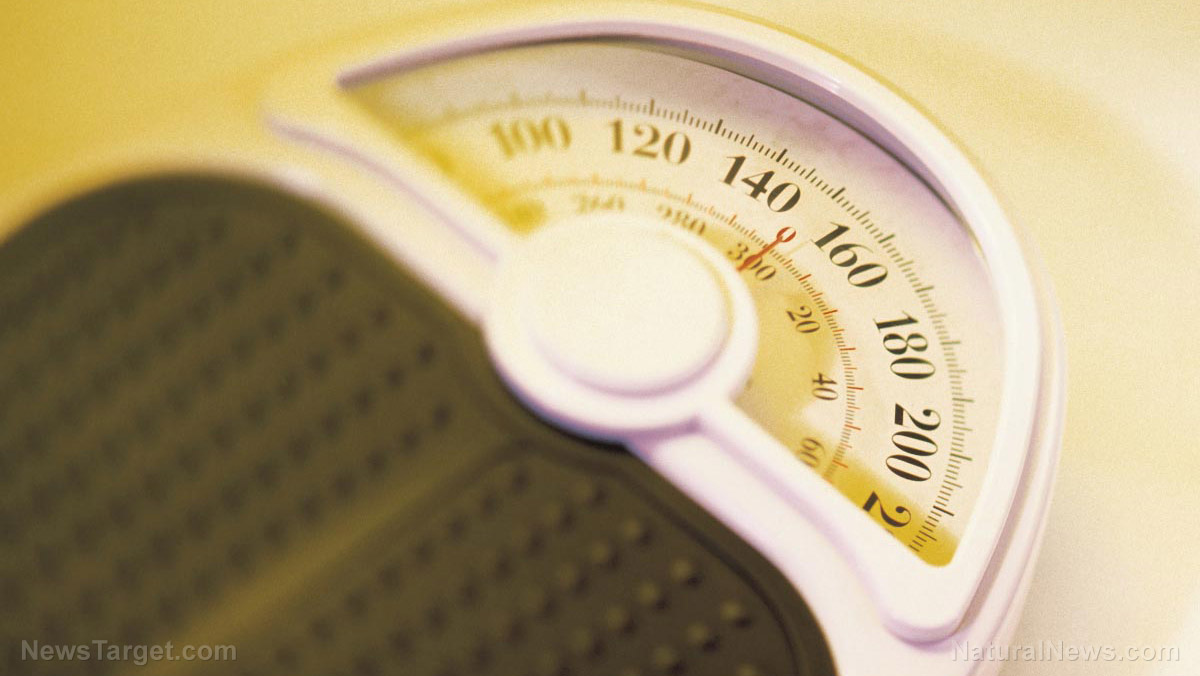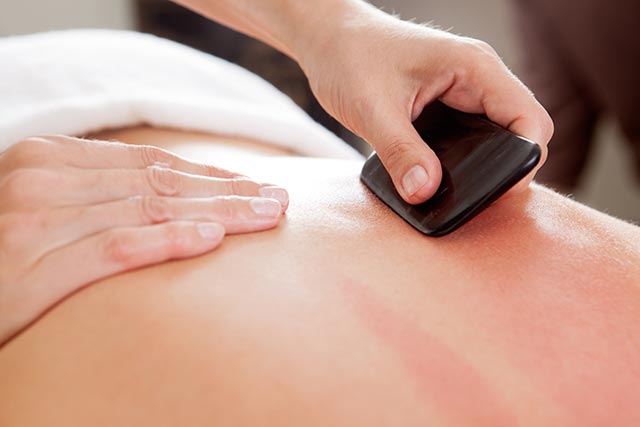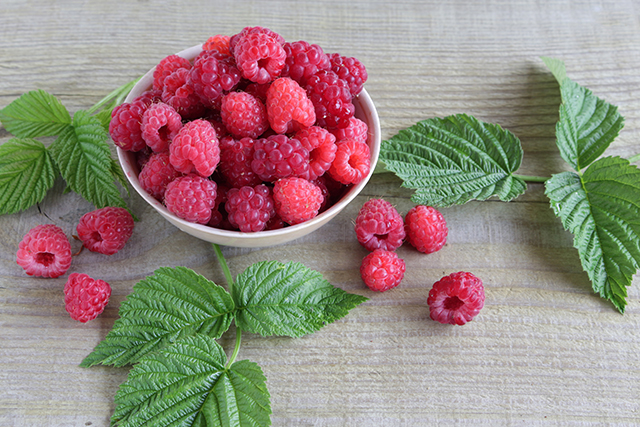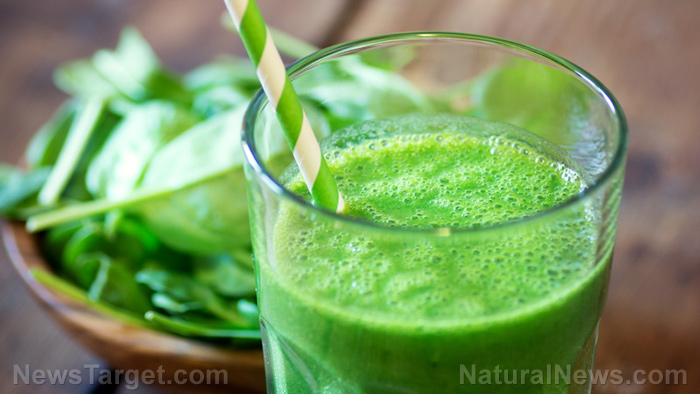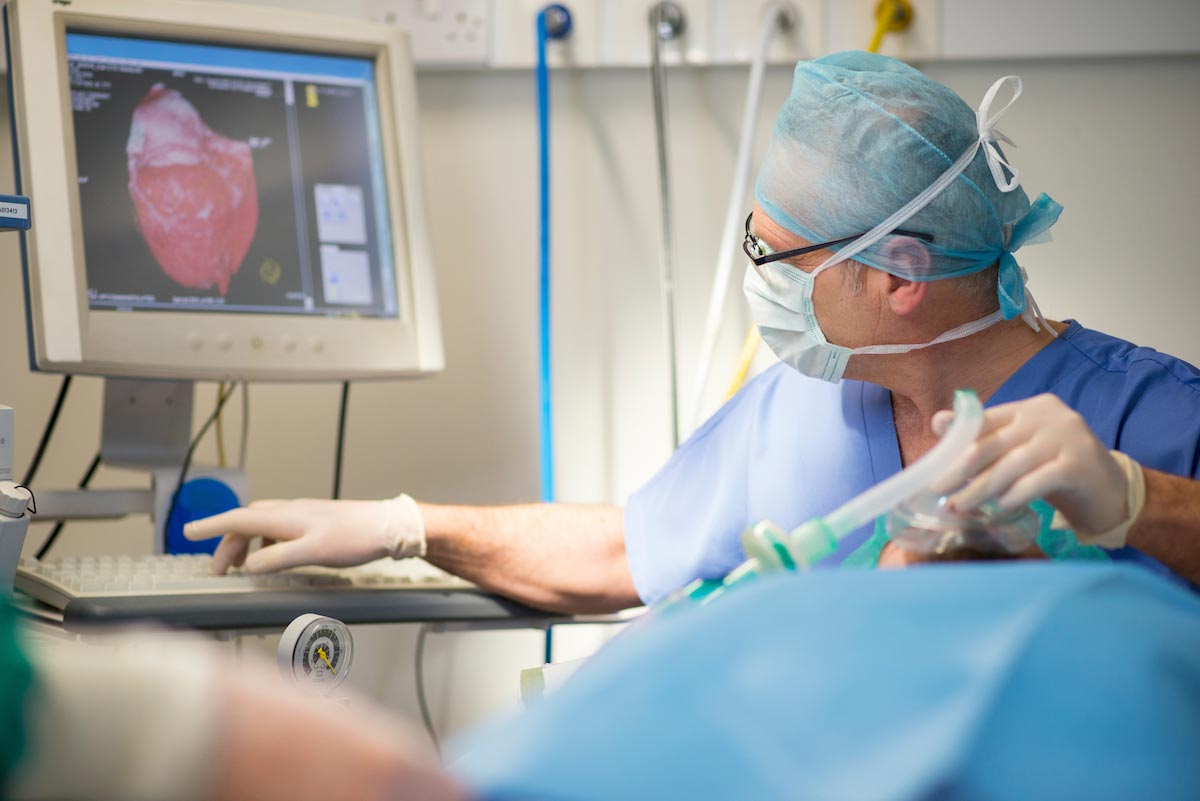Bring down high cholesterol levels naturally
03/13/2019 / By Edsel Cook
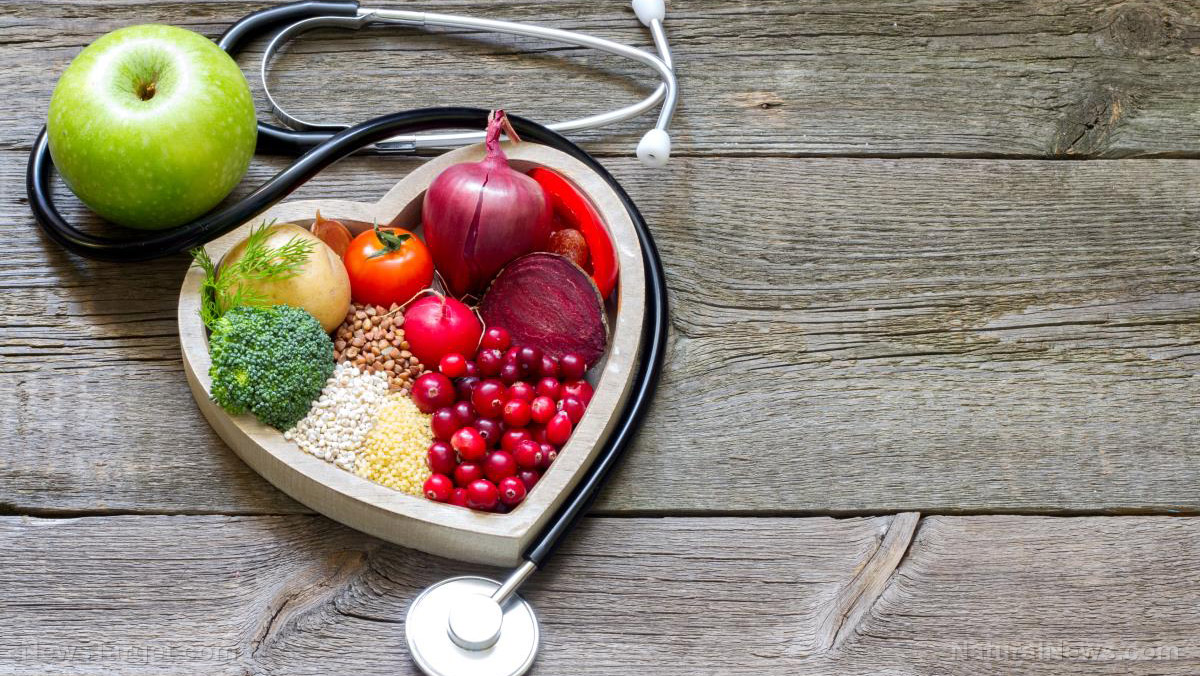
The natural way is the best way to do things. When it comes to improving cholesterol levels, a combination of eating the right foods and regular physical exercise will achieve much faster and better results than taking expensive pharmaceutical drugs or undergoing time-consuming therapies.
Managing your cholesterol levels on a day-to-day basis is a tough chore. You might get so frustrated with the symptoms of high cholesterol that you would want to get rid of excess cholesterol ASAP.
The seemingly easy route is to take pharmaceutical drugs that are supposed to help you get your cholesterol under control. But these artificial chemicals are not reliable. They also tend to come with negative side effects that can be more dangerous than the disorder they are alleviating.
Therapies are probably going to be more beneficial and reliable at balancing out your blood cholesterol. However, their drawback is that they require long periods of time to produce results.
The best approach to cholesterol control combines safety, speed, and success. You must change your lifestyle and make healthy choices with regards to your food intake and your level of physical activity.
The payoff in terms of your health is big. Bring down your cholesterol level by just 10 percent, and you will become 20 to 30 percent less prone to developing heart disease. (Related: Cholesterol-lowering drugs have serious side effects that include brain damage.)
Start eating healthy foods with lots of soluble fiber
Turn your back on all those unhealthy packaged and processed food. Instead, eat organically grown natural foods that are prepared and cooked as fresh as possible.
Mother Nature's micronutrient secret: Organic Broccoli Sprout Capsules now available, delivering 280mg of high-density nutrition, including the extraordinary "sulforaphane" and "glucosinolate" nutrients found only in cruciferous healing foods. Every lot laboratory tested. See availability here.
Increase the amount of beans, fruits, vegetables, and whole grains in your diet. These foods contain large amounts of soluble fiber that captures LDL cholesterol and hauls the unwanted lipid out of the body via excretion. They improve the health of your digestive tract while also reducing your weight.
On a related note, refined grains should not be mistaken for whole grains. The latter retain their natural bran and germ parts, which contain the soluble fiber that fights LDL cholesterol.
You do not need to become a complete vegetarian to enjoy the cholesterol-lowering benefits of plant-based food. But subscribing to an all-plant diet would make it easier to maintain the positive results of the diet.
At the same time, avoid foods rich in saturated fats, trans fats, and dietary cholesterol are off limits. The only “fatty” substances you should consume are omega-3 fatty acids; these are good for the heart and will not contribute to cholesterol build-up.
If you need protein, eat beans. These legumes will not just improve your cholesterol level. They will also manage your blood glucose and insulin levels.
Try to work out for 30 minutes as often and regularly as possible
The second half of the cholesterol-reducing lifestyle is the tougher part. You must exercise as often as possible and on a regular basis.
Fortunately, you do not need to work out every single day. Nor do you need to perform the kind of long, thorough, and tiring exercise you see on television.
It should be easy to squeeze in a 30 minute workout during most work days. The half-hour session will be enough to increase your metabolism, which will improve the functions of your body. Whenever you have the time to spare, try to work out for 60 to 90 minutes.
If you follow a healthy diet and regular exercise, you will be able to reduce your cholesterol to healthier levels and keep it that way. In addition, you will also enjoy a fit and more attractive body.
Sources include:
Tagged Under: exercise, fiber, fitness, healthy diet, high cholesterol, lifestyle changes, nutrients, omega-3 fatty acids, slender, whole grains

